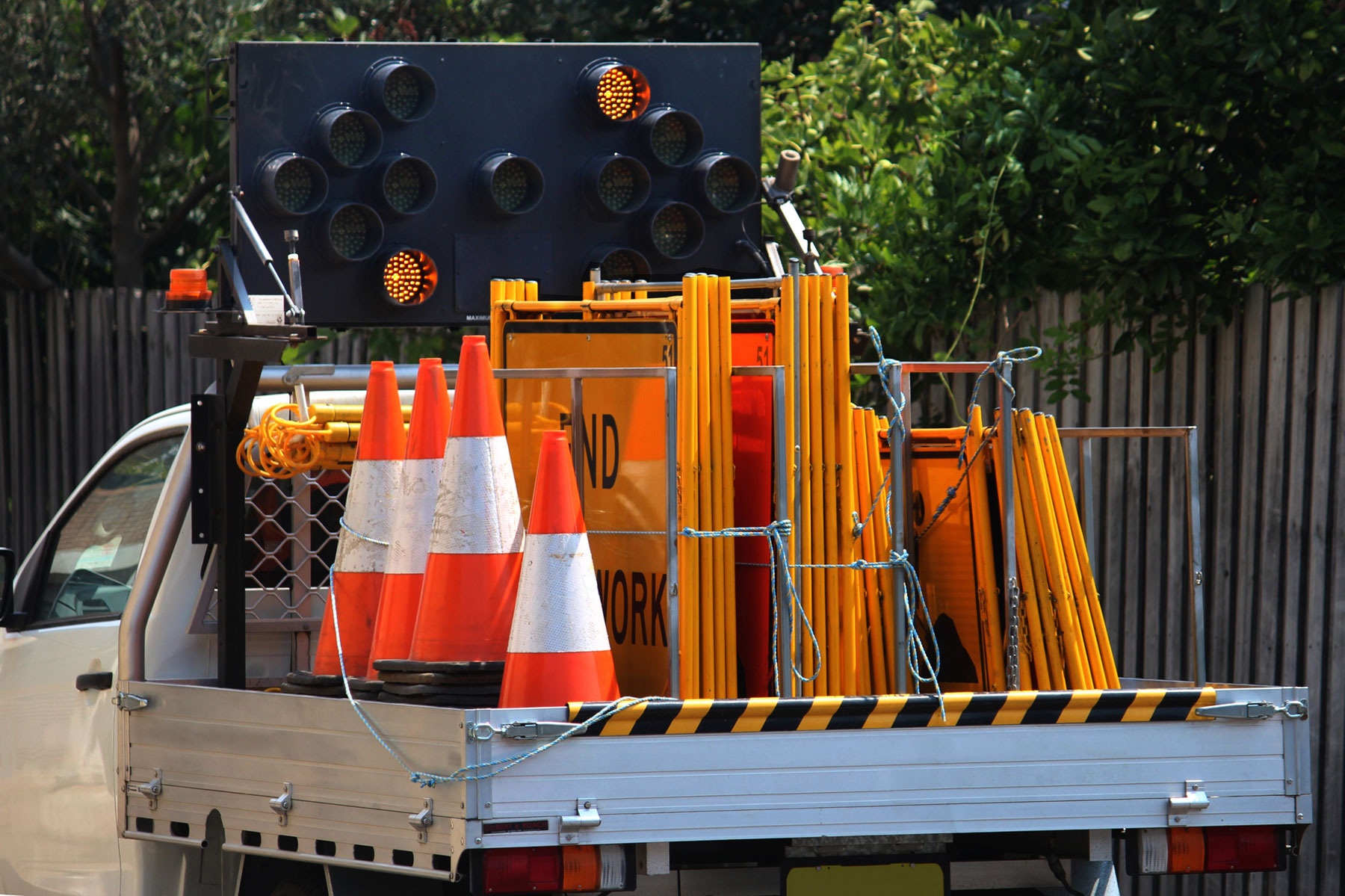As part of the Federal Chamber of Automotive Industries (FCAI) initiative, Genuine is Best, the FCAI has performed testing on non-genuine utility tray bodies, finding that it can cause significant damage to the original vehicle and compromise its safety.
The organisation said OEM testing of two non-genuine utility tray bodies saw trays fail on several critical criteria – the trays cracked chassis rails in durability testing, corroded rapidly in corrosion testing and were built with what it called unacceptable weld quality. It also found evidence that the trays were separating from their mounting points on the vehicles.
The FCAI claimed that the testing also revealed the non-genuine trays could damage the vehicle body and paint, along with potentially causing suspension mounting failure with the potential for the leaf springs to fall out. The chassis and suspension tune could become unstable, the tray could rip itself off and electronic aids like ABS and traction control might fail.
FCAI said the investigation was carried out by an OEM engineering department on two non-genuine products promoted for fitment on one of Australia’s most popular utilities. The tray bodies were exposed to the same validation process used by the brand to ensure a genuine tray body is fit for a lifetime of use.
Using identical standardised testing rigs, the tray bodies were assessed on the metrics of durability, corrosion and weld quality, and where the genuine passed the tests, the non-genuine parts failed almost every one of them.
“These parts might fit your car, but they aren’t fit for purpose,” said Spiros Katsigiannis, Senior Development Engineer at Toyota Motor Corporation Australia. “These parts can degrade a vehicle to total failure. In many cases a cracked chassis means the vehicle you rely on is dangerous until expensive repairs are completed, if the chassis can actually be repaired.
“Conceptions about ‘strength’ are often misconceptions. Stronger doesn’t always mean better or more durable on your car. The difference between these parts is in the testing. Genuine parts have testing complete before the product goes into the market.”
“Vehicle brands use crash test dummies,” said Tony Weber, Chief Executive of the FCAI. “It appears some non-genuine parts are using [the driver] as a crash test dummy. With that information, differences in cost seems academic.
“Vehicle manufacturers invest heavily in making sure every part on your car is fit for purpose. The engineering effort is enormous. Non-genuine part makers’ priority may often be just making the part fit the vehicle. How it interacts with other systems, you might not know until it’s too late.”
FCAI says its Genuine is Best initiative focuses on the safety, performance and durability benefits delivered by genuine replacement parts. Genuine parts are made or selected by the vehicle’s manufacturer and rigorously tested by that manufacturer as an integral component of the vehicle to meet high quality, safety, and performance standards. This ensures a vehicle will drive, function, and protect in the way it was intended.

